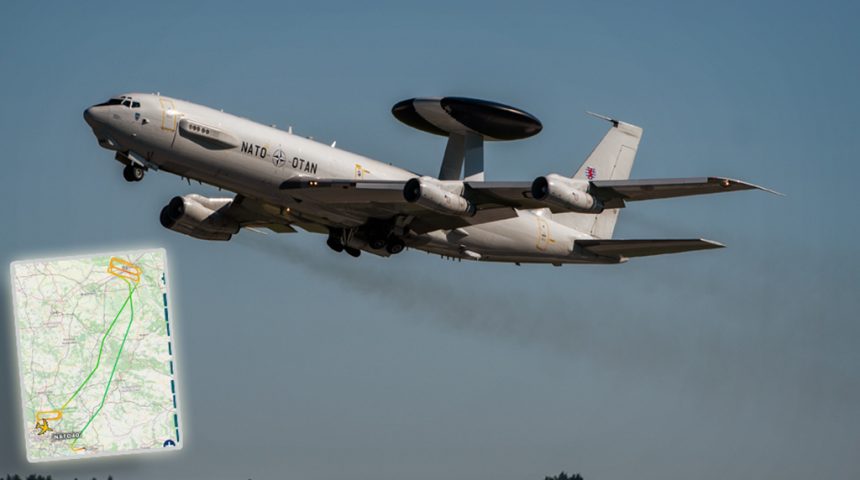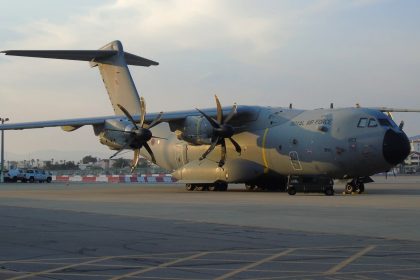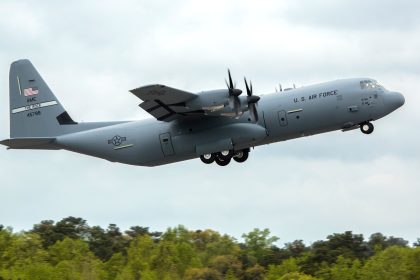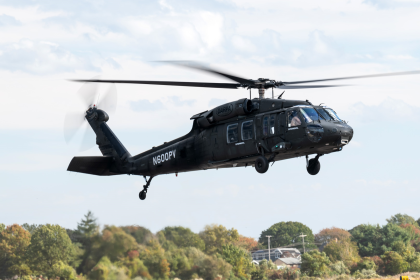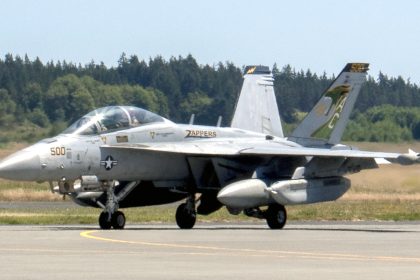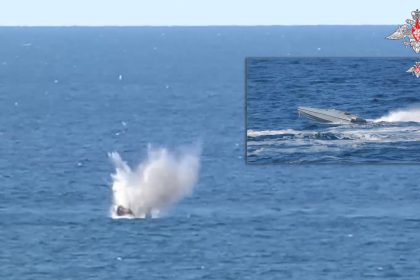NATO E-3A Sentry AWACS Platform Operating out Of Krakow, Supporting Aviation Detachment 20-4.
NATO E-3A Sentry AWACS Airborne Early Warning aircraft have started flying out at Kraków, Poland. The jet would be supporting the Aviation Detachment 20-4 – the deployment of U.S. F-16s from the 480th Fighter Squadron Warhawks – currently deployed to Łask.
The NATO AWACS platform is to remain in Poland from Aug. 21 to Aug. 28, supporting the US-Poland binational training event and working closely together with the Polish Control and Reporting Centre, becoming an important link in the exercise’s command and control chain, acting as an aerial C2 platform.
According to NATO, the “AWACS involvement in exercise “Aviation Detachment Rotation 20-4” is a long planned activity, involving flights over Allied territory. It is part of and mandated under NATO’s Assurance Measures, implemented in 2014 after Russia’s illegal and illegitimate annexation of Crimea.” NATO has been putting means like that into place to bolster the deterrence capabilities at its eastern flank.
The NATO E-3A component is headquartered at Geilenkirchen Air Base in Germany. NATO operates 14 E-3A jets that conduct a broad range of operations, not only in Europe, but also in the Middle East or in the Mediterranean – including flights in support of the Global Coalition to defeat ISIS, as well as Operation Sea Guardian. The AWACS jets conduct various missions, including air surveillance flights, exercise support, or “show of presence” such as fly-overs – several of these happened recently in Poland, as the E-3A appeared over Warsaw for instance.
AWACS from Krakow circled over Warsaw, was deployed to Krakow as part of a drill pic.twitter.com/RuOcOcgIHj https://t.co/55SUHPLOck
— Mihail Gorbachev (@MihaelGorbachev) August 22, 2020
#NATO #AWACS #aircraft fly over the sky #Warsaw #Warszawa #Poland #Polska pic.twitter.com/cDVg7IdOTs
— Raffaele V. Forgione (@rafvlad) August 22, 2020
Not only is the E-3A a valuable aerial C2 asset: along with the surveillance team, the weapons team (controllers who are responsible for the management of the various flying assets in the different scenarios: DCA, OCA, CAS, BAI, CSAR, etc), a communications operator and some technicians (who are responsible for both the radar and the consoles/displays), the mission crew includes a passive detection controller who manages the on-board ESM (Electronic Support Measure) system needed to improve the situational awareness and to update the Electronic Order of Battle of the enemy. In other words, the E-3 is able to to gather data that can be used to produce signals intelligence (SIGINT), communications intelligence (COMINT) and electronics intelligence (ELINT).

